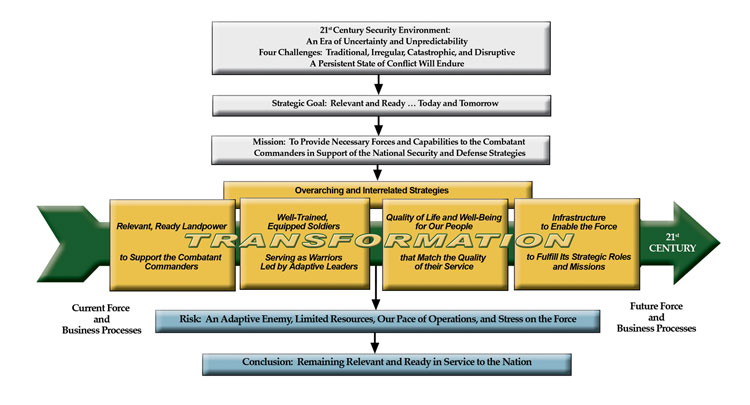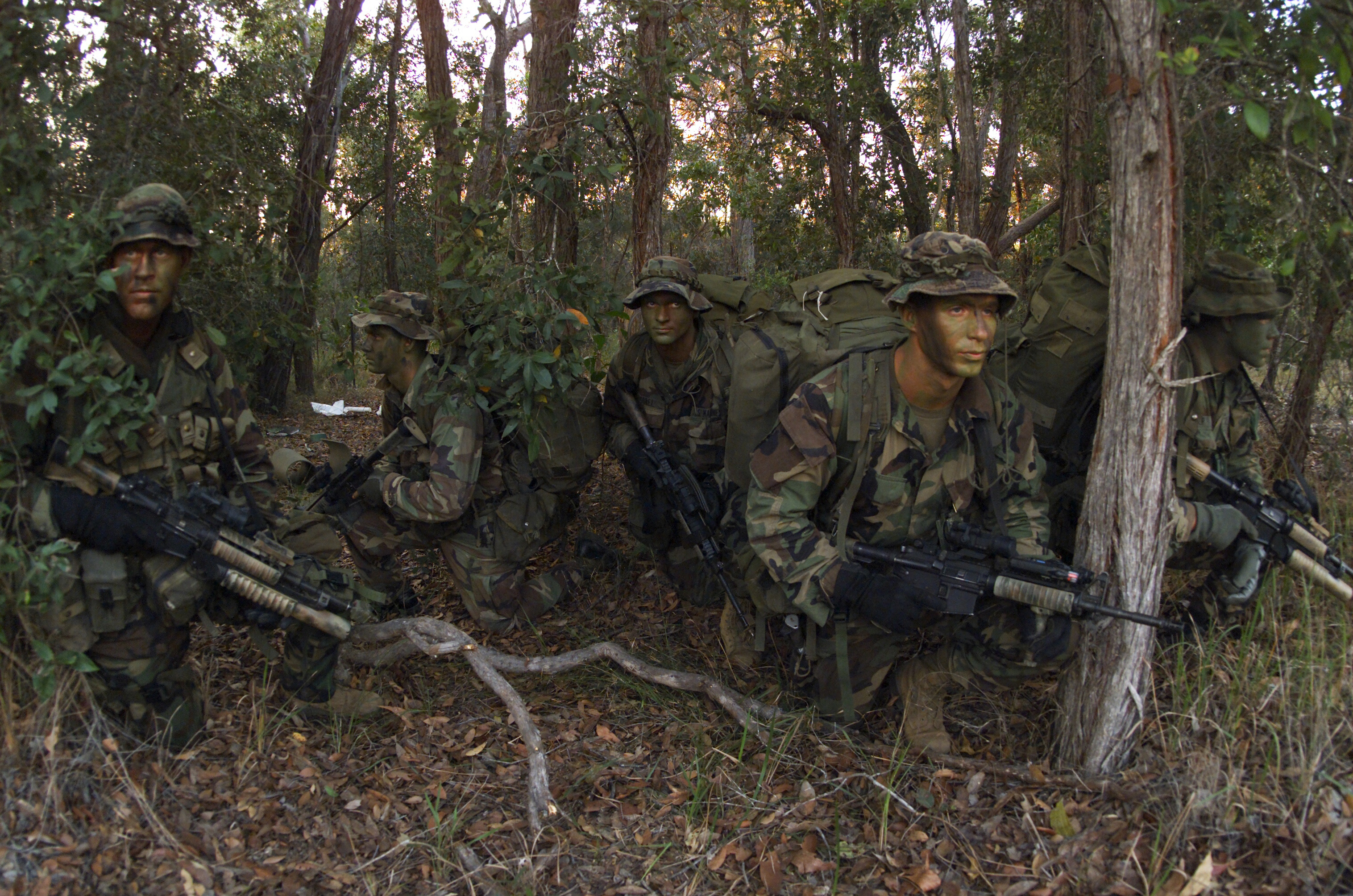|
Reconnaissance, Surveillance, And Target Acquisition (United States)
Reconnaissance, surveillance, and target acquisition (RSTA) squadrons are a type of unit in the United States Army. These are cavalry squadrons (though in IBCTs they typically contain at least one dismounted infantry troop), and act at the squadron (battalion) level as a reconnaissance unit for their parent Brigade combat team, brigade combat teams. These RSTA squadrons continue on the Recondo legacy of the Vietnam era Long-range reconnaissance patrol, Long Range Reconnaissance Patrols (LRRP), however, compared to the LRRPs they are often assigned additional non-reconnaissance responsibilities such as battlespace ownership. Additionally, RSTA is a doctrine that groups the tasks of reconnaissance, surveillance and target acquisition conducted by the Department of Defense (United States). RSTA supports military operations at a military strategy, strategic (national defense policy), Operational level of war, operational (theater level), or military tactics, tactical (individual ... [...More Info...] [...Related Items...] OR: [Wikipedia] [Google] [Baidu] |
United States Army
The United States Army (USA) is the primary Land warfare, land service branch of the United States Department of Defense. It is designated as the Army of the United States in the United States Constitution.Article II, section 2, clause 1 of the United States Constitution (1789).See alsTitle 10, Subtitle B, Chapter 301, Section 3001 It operates under the authority, direction, and control of the United States Secretary of Defense, United States secretary of defense. It is one of the six armed forces and one of the eight uniformed services of the United States. The Army is the most senior branch in order of precedence amongst the armed services. It has its roots in the Continental Army, formed on 14 June 1775 to fight against the British for independence during the American Revolutionary War (1775–1783). After the Revolutionary War, the Congress of the Confederation created the United States Army on 3 June 1784 to replace the disbanded Continental Army.Library of CongressJournals ... [...More Info...] [...Related Items...] OR: [Wikipedia] [Google] [Baidu] |
Battlefield Surveillance Brigade
The battlefield surveillance brigade (BfSB) was a United States Army surveillance/reconnaissance formation introduced from 2006 to 2015. The United States Army planned for the creation and transformation of nine intelligence brigades to a 'battlefield surveillance' role in 2007. The first battlefield surveillance brigade was deployed the same year conducting Intelligence, Surveillance and Reconnaissance ( ISR) operations. However, gathering information is only a part of the challenge it faces. Along with the structural changes and intelligence capabilities, the sustainment capabilities of the brigade also changed. The United States Army is currently reorganizing these BfSB formations into expeditionary military intelligence brigades. These brigades were designed to be self-sufficient Army modular forces. Mission The BfSBs were meant to improve situational awareness for commanders at division or higher so they can focus joint combat power in current operations while simultaneo ... [...More Info...] [...Related Items...] OR: [Wikipedia] [Google] [Baidu] |
HMMWV
The High Mobility Multipurpose Wheeled Vehicle (HMMWV; colloquial: Humvee) is a family of Military light utility vehicle, light, four-wheel drive Military vehicle#Military trucks, military trucks and utility vehicles produced by AM General. It has largely supplanted the roles previously performed by the Willys MB, original jeep, and others such as the Vietnam War-era M151 ¼-ton 4×4 utility truck, M151 Jeep, the M561 "Gama Goat", their M718A1 and M792 ambulance versions, the Commercial Utility Cargo Vehicle, and other light trucks. Primarily used by the United States military, it is also used by numerous other countries and organizations and even in civilian adaptations. The Humvee saw widespread use in the Gulf War of 1991, where it navigated the desert terrain; this usage helped to inspire civilian Hummer versions. The vehicle's original unarmored design was later seen to be inadequate and was found to be particularly vulnerable to improvised explosive devices in the Iraq Wa ... [...More Info...] [...Related Items...] OR: [Wikipedia] [Google] [Baidu] |
Variants Of The M113 Armored Personnel Carrier
A huge number of M113 armored personnel carrier variants have been created, ranging from infantry carriers to nuclear missile carriers. The M113 armored personnel carrier has become one of the most prolific armored vehicles of the second half of the 20th century, and continues to serve with armies around the world in many roles. Military operators Afghanistan In 2005, Afghanistan received 15 second-hand M577A2 command and control vehicles from the United States. Argentina In 1967, the Argentine Army received from USA 250 M113A1 APC, 10 M577A1 command and control vehicles and 12 M548A1 cargo carriers. In 1992, they received from USA 200 M113A2 APC, 25 M106A1 mortar carrier, 10 M577A1 command and control vehicles and 16 M548A1 cargo carriers. Some variants are modified by the Army's ''Comando de Arsenales''. *M106A2 – M106A1 mortar carrier modified with a 120mm FM mortar. *M113 Defensa Aerea – M113 APC with a 20 mm Oerlikon GAI-BO1 cannon. *M113 Sanitario – M113 ... [...More Info...] [...Related Items...] OR: [Wikipedia] [Google] [Baidu] |
Bradley Fighting Vehicle
The Bradley Fighting Vehicle (BFV) is an American continuous track, tracked armored fighting vehicle of the United States developed by FMC Corporation and now manufactured by BAE Systems Land & Armaments, formerly United Defense. It is named for U.S. General Omar Bradley. The Bradley is designed to transport infantry or scouts with armor protection, while providing covering fire to suppress enemy troops and armored vehicles. Variants include the M2 Bradley infantry fighting vehicle and the M3 Bradley reconnaissance vehicle. The M2 holds a crew of three—a commander, a gunner and a driver—along with six fully equipped soldiers. The M3 mainly conducts scout missions and carries two Cavalry scout, scout troopers in addition to the regular crew of three, with space for additional BGM-71 TOW missiles. In 2014, the U.S. Army selected BAE Systems' Armored Multi-Purpose Vehicle (AMPV) proposal of a turretless variant of the Bradley to replace over 2,800 M113 armored personnel carrier ... [...More Info...] [...Related Items...] OR: [Wikipedia] [Google] [Baidu] |
Forward Air Control
Forward air control is the provision of guidance to close air support (CAS) aircraft intended to ensure that their attack hits the intended target and does not injure friendly troops. This task is carried out by a forward air controller (FAC). A primary forward air control function is ensuring the safety of friendly troops during close air support. Enemy targets in the front line ("Forward Edge of the Battle Area" in US terminology) are often close to friendly forces and therefore friendly forces are at risk of friendly fire through proximity during air attack. The danger is twofold: the bombing pilot cannot identify the target clearly, and is not aware of the locations of friendly forces. Camouflage, a constantly changing situation and the fog of war all increase the risk. Present day doctrine holds that Forward Air Controllers (FACs) are not needed for air interdiction, although there has been such use of FACs in the past. An additional concern of forward air controllers is th ... [...More Info...] [...Related Items...] OR: [Wikipedia] [Google] [Baidu] |
Forward Observers In The U
Forward is a relative direction, the opposite of backward. Forward may also refer to: People * Forward (surname) Sports * Forward (association football) * Forward (basketball), including: ** Point forward ** Power forward (basketball) ** Small forward * Forward (ice hockey) ** Power forward (ice hockey) * In rugby football: ** Forwards (rugby league), in rugby league football ** Forwards (rugby union), in rugby union football * Forward Sports, a Pakistan sportswear brand * BK Forward, a Swedish club for association football and bandy Politics * Avante (political party) (Portuguese for ''forward''), a political party in Brazil * Endavant (Catalan for ''forward''), a socialist pro-independence organization in Catalonia * Forward (Belgium), a political party in Belgium * Forward (Bosnia and Herzegovina), a political party in Bosnia and Herzegovina * Forward (Denmark), a political party in Denmark * Forward (Greenland), a political party in Greenland * Forward Party (United ... [...More Info...] [...Related Items...] OR: [Wikipedia] [Google] [Baidu] |
Brigade Support Battalion
A brigade support battalion (BSB) is a combat service support battalion of the United States Army. A BSB is an organic part of a brigade combat team (BCT), providing self- sustainment to the BCT for up to 72 hours of high-intensity combat before requiring replenishment. It consists of a headquarters and headquarters company, field maintenance company, distribution company, medical company, and a forward support company assigned to each of the other battalions in the BCT.Menter, J. M., Menter, C. (. D. J. M. (2009). The Sustainment Battle Staff & Military Decision Making Process (MDMP) Guide: For Brigade Support Battalions (BSB), Sustainment Brigades (Sus Bdes), and Combat Sustainment Support Battalions (CSSB). United States: AuthorHouse. p. 26 A brigade support battalion is also a component unit of a combat aviation brigade, maneuver enhancement brigade, fires brigade and battlefield surveillance brigade, but without the medical company. Overview A BSB is a multif ... [...More Info...] [...Related Items...] OR: [Wikipedia] [Google] [Baidu] |
Headquarters And Headquarters Company (United States)
In United States Army units, a headquarters and headquarters company (HHC) is a company-sized military unit, found at the battalion level and higher. Considered one unit, a Headquarters and Headquarters Company is essentially two elements within one company. In identifying a specific headquarters unit, it is usually referred to by its abbreviation as an HHC. While a regular line company is formed of three or four platoons, an HHC is made up of the headquarters staff and headquarters support personnel of a battalion, brigade, division, or higher level unit. As these personnel do not fall inside one of the regular line companies of the battalion, brigade, or division, the HHC is the unit to which they are administratively assigned. The typical personnel strength of an average HHC is 80 to 110. Inside a battalion HHC, the headquarters staff will usually include the following key officers and primary staff: Depending on the unit, extra support officers will round out the staff, in ... [...More Info...] [...Related Items...] OR: [Wikipedia] [Google] [Baidu] |
Screening (tactical)
Screening is a defensive security tactic in which a screening force consisting of a picket or outposts is used to hide the nature and strength of a military force, to deny enemy reconnaissance close-in observation, to provide early warning of enemy approach, impede and harass the enemy main body with indirect fire, and report on the activity of the enemy main body. While a screening force remains in contact with the enemy, may conduct patrols, establish outposts, and help destroy enemy reconnaissance units, it retains freedom of maneuver and does not become decisively engaged. A screening mission seeks to destroy or repel enemy forces when possible, providing early warning in a defensive manner, deny enemy reconnaissance units close-in observation of the main body. An effective screen can conceal where an army begins and ends, making it hard to flank. In modern warfare, screening is performed by armoured cars, light tanks and air cavalry. Screening force Screening is often ... [...More Info...] [...Related Items...] OR: [Wikipedia] [Google] [Baidu] |
Reconnaissance-in-force
In military operations, military reconnaissance () or scouting is the exploration of an area by military forces to obtain information about enemy forces, the terrain, and civil activities in the area of operations. In military jargon, reconnaissance is abbreviated to ''recce'' (in British, Canadian, Australian English) and to ''recon'' (in American English), both derived from the root word ''reconnoitre'' / ''reconnoitering''. The types of reconnaissance include patrolling the local area of operations and long-range reconnaissance patrols, which are tasks usually realized in the United States of America by U.S. Army Rangers, cavalry scouts, and military intelligence specialists, using navy ships and submarines, reconnaissance aircraft, satellites to collect raw intelligence; and establishing observation posts. Moreover, espionage is different from reconnaissance, because spies work as civilians in enemy territory. Etymology The word is derived from the Middle French word ''r ... [...More Info...] [...Related Items...] OR: [Wikipedia] [Google] [Baidu] |





